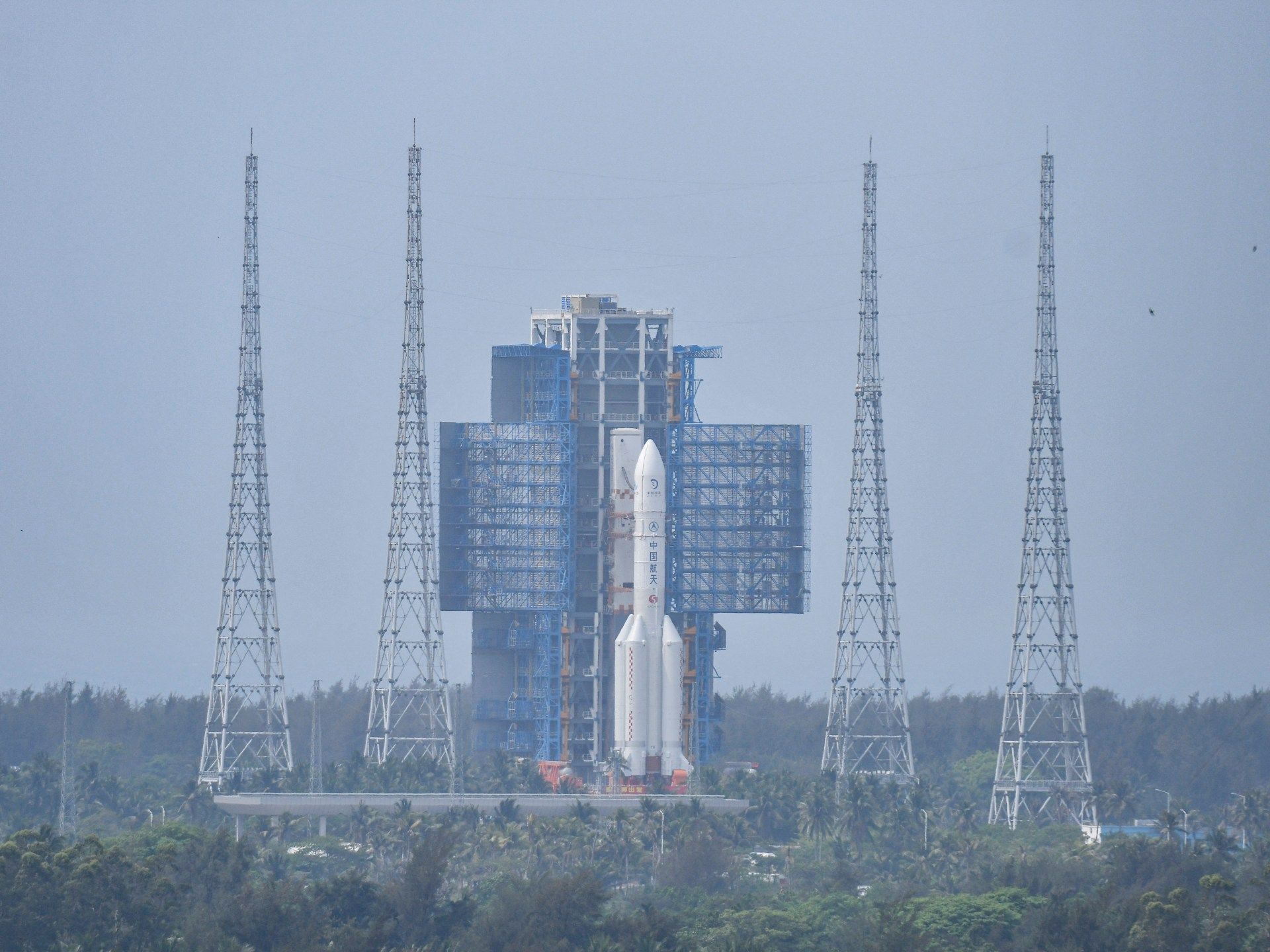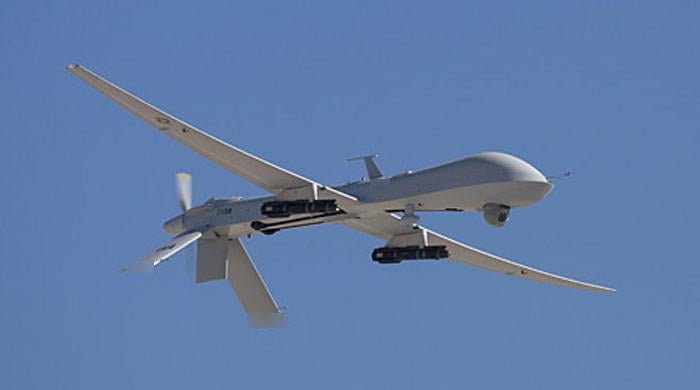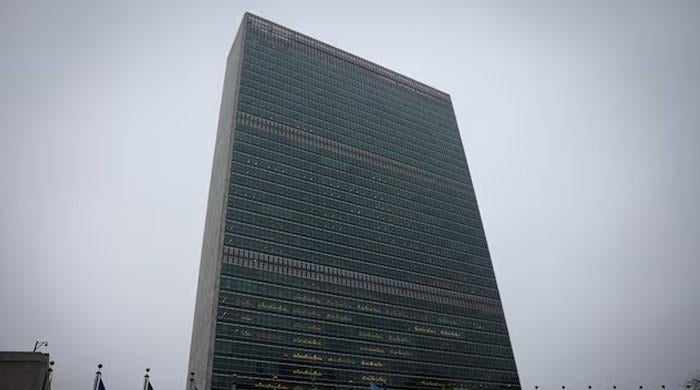This is China's second descent to the far side of the Moon, where no other country has reached.
China has landed an unmanned spacecraft on the far side of the Moon, overcoming a key obstacle in its historic mission to recover the world's first samples of rock and soil from the dark lunar hemisphere.
The China National Space Administration (CNSA) said in a statement that Chang'e-6 landed in the South Pole's Aitken Basin at 6:23 a.m. Beijing time on Sunday after completing a landing process of various stages.
The mission of the spacecraft, which was guided by a relay satellite to navigate the side of the Moon that is always far from Earth along with a series of tools and its own launcher, “involves many engineering innovations, high risks and great difficulty,” according to the sapce agency.
After another moon landing in 2019, this is China's second descent to the far side of the Moon, where no other country has reached.
The mission seeks to use a robotic arm and drill to collect 2 kg (4.4 pounds) of lunar material for up to three days. Once collection is complete, the craft will join another spacecraft in lunar orbit to facilitate its return to Earth, with a landing expected in China's Inner Mongolia region around June 25.
If the samples return safely, they will provide China and the world with new insights into the formation of the solar system and the differences between the unexplored side of the Moon and its better understood side facing Earth. Chinese scientists will be the first to have access to the material, followed by their international peers.
China also had a successful sample recovery mission from the near side of the Moon, having brought back 1.7 kg (3.7 lb) of material using the Chang'e-5 mission in 2020.
The emerging power is planning three more uncrewed missions this decade as part of a broader strategy that wants to see Chinese astronauts walking on the moon around 2030.
The United States also intends to send astronauts back to the moon for the first time in more than half a century, and NASA plans to launch its Artemis 3 mission in 2026 at the earliest.
The US plans rely heavily on private sector rockets, including those from Elon Musk's SpaceX, to launch spacecraft.
They have been repeatedly delayed, and technical problems delayed the planned launch of NASA and Boeing's Starliner, which will become the second American space taxi in low-Earth orbit.
Also on Saturday, Japanese billionaire Yusaku Maezawa canceled a private mission around the Moon that was supposed to have used SpaceX's Starship, citing uncertainties in the rocket's development.












